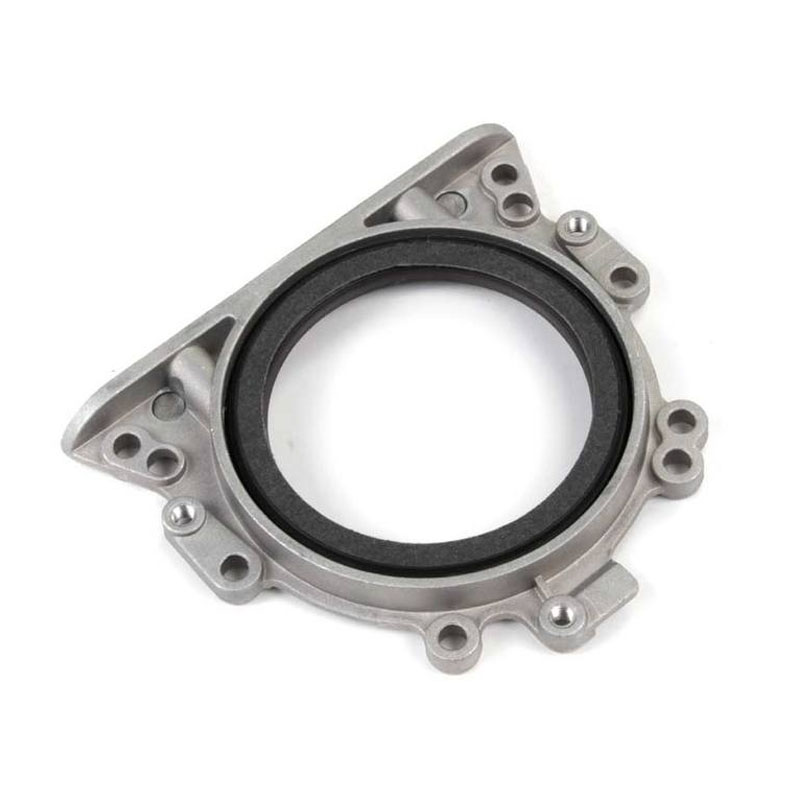Understanding the Role and Function of a Compressor Shaft in Mechanical Systems
Understanding Compressor Shafts A Critical Component in Mechanical Systems
Compressor shafts are integral components in various mechanical systems, particularly in the fields of automotive, aerospace, and industrial manufacturing. These shafts play a vital role in the efficient operation of compressors, which are devices that increase the pressure of a gas by reducing its volume. As such, comprehending the functions and specifications of compressor shafts is essential for engineers and technicians involved in design, maintenance, and troubleshooting.
At its core, a compressor shaft is a rotating element that transmits power from the motor to the compressor. Typically made from high-strength materials like steel or aluminum alloys, the shaft must withstand significant mechanical stresses and temperature variations. The design of the compressor shaft includes considerations for torsional rigidity, bending strength, and fatigue resistance, ensuring reliable performance over an extended service life.
One of the key features of compressor shafts is their ability to harness rotary motion. As the motor spins the shaft, it generates torque that is transferred to the compressor. This rotation compresses the gas within the cylinder, increasing its pressure. The efficiency of this process is largely dependent on the precision of the shaft's dimensions and its alignment with other components. Misalignment can lead to increased wear, reduced efficiency, and ultimately, failure of the compressor system.
compressor shaft

Additionally, compressor shafts often incorporate mechanisms such as thrust bearings, which facilitate the axial movement and prevent excessive wear from friction. This feature is particularly important in large industrial compressors, where alignment and load distribution are critical to the overall performance and longevity of the machine.
Maintenance of compressor shafts is crucial for ensuring reliable operation. Regular inspections should be performed to check for wear, misalignment, or signs of fatigue. Lubrication is also essential to minimize friction and heat generation, which can degrade both the shaft and adjacent components. Failure to maintain a compressor shaft can lead to catastrophic system failures, resulting in costly downtime and repairs.
Moreover, advancements in materials and manufacturing processes have led to the development of improved compressor shafts. Techniques such as forging, machining, and surface treatments enhance the durability and performance characteristics of these components. Innovations such as lightweight composites and coatings designed to resist corrosion and wear further extend the operational life of compressor shafts, especially in harsh environments.
In conclusion, compressor shafts are a vital aspect of mechanical engineering, significantly influencing the efficiency and reliability of compressors across various industries. Understanding their design, function, and maintenance requirements is essential for engineers and technicians. As technology continues to evolve, the advancements in compressor shaft design will play a crucial role in meeting the increasing demands for efficiency and performance in mechanical systems.
-
The Ultimate Guide to Boat Propeller Bearings and Trailer Wheel Bearings
News Jul.31,2025
-
The Essential Guide to Marine Bearings and Boat Trailer Wheel Bearings
News Jul.31,2025
-
The Complete Guide to Heavy Duty Seals: Protecting Doors and Spaces Efficiently
News Jul.31,2025
-
Essential Guide to Marine Shaft Bearings and Boat Trailer Axle Bearings
News Jul.31,2025
-
Comprehensive Guide to Marine and Trailer Bearings for Safe Boating and Transport
News Jul.31,2025
-
Comprehensive Guide to Automotive Oil Seals: Protecting Your Engine and Shafts
News Jul.31,2025
-
Understanding Automotive Oil Seals: Essential Components for Engine and Shaft Protection
News Jul.30,2025
Products categories















